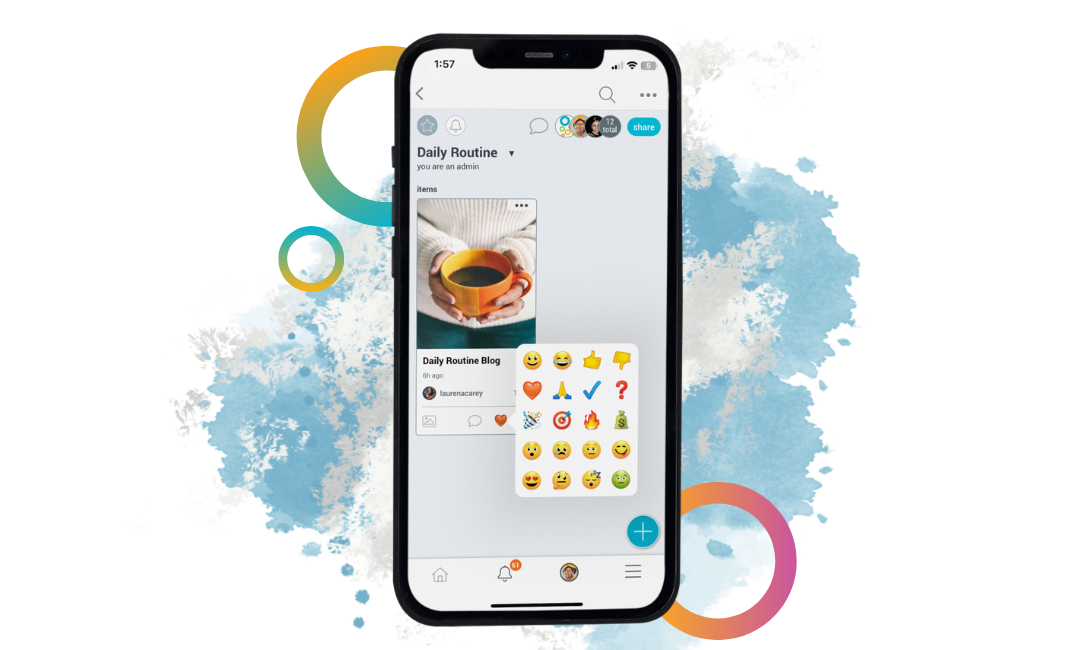By now, most people have recognized the power of social media. Yes, yes, some of us only use social media for the memes, but brands and companies have tapped into these channels to discover more about their followers and customers than was ever possible.
One of the most valuable tactics you can implement for your marketing strategy is social listening. Let’s explore what exactly social listening consists of, why you should be doing it, and some tricks to make the most of it.
What’s Social Listening?
It’s common knowledge to respond to customer comments and emails, but rarely do brands seek out their followers’ concerns and comments when they’re not directed at them. But what if instead of inferring what your customers and potential customers care about or what they’re interested in, you could make informed marketing decisions based on what you find? Enter Social Listening – the art of monitoring and researching your community beyond specific mentions of your product or company.
Consider this. You’re a speaker company that thought your target demographics’ favorite genre was Alternative rock. After employing social listening, you found they actually prefer Hip-Hop. Now, when you’re creating valuable content for them, you can cater it toward their musical taste. This is just one example of the many ways you can leverage social listening to better understand your audience.
Tips for Social Listening
Now that you understand how social listening could benefit your business, here are some helpful tips to get going!
1. Find a Good Social Listening Tool
First off, you’ll want to find a software or tool you can use to get the job done. One of the most beloved tools by marketers is TweetDeck. TweetDeck allows you to set up multiple streams based on keywords or phrases. Anytime someone tweets the phrase or word, you’ll get a stream of them. These streams can be narrowed down by location, engagement, and more.
In addition to keyword searching, you’ll be able to monitor your mentions and direct messages on Twitter, which is helpful if you have a boatload of them. This roll will provide you with some other tool options, along with some helpful tips for your social listening journey.

2. Take Note of Customer Questions
Once you’re set up with your tool, one of the first things you should look out for is questions your target audience is having. Going back to the home audio example, if you see that people are constantly asking questions about speaker placement for their home theater, that’s a hint that you should create content that helps provide guidance.
No matter your industry, there are always frequently asked questions that you can provide answers to. Don’t let the goal of sales cloud the opportunity to create a warm audience. Listening in and answering questions that individuals have will allow you to introduce your brand to more people. Plus, it’ll help you create trust between your potential customers since you’ve given them something of value.
3. Keep an Eye On the Competition
Social listening is not just for understanding your potential customers but also your competition and what people think of them. Think about it. You want to be able to stand out from the competition, and what better way to do that, than to understand what frustrates people about your competitors. If you learn what your competitors’ weak points are, you can position yourself as a solution.
You should be monitoring your competitors’ mentions, but you should also be researching comments and tweets that use their brand name without an “@.” You’ll often get a raw and authentic look at people’s feelings or gripes toward them.

Keep in mind; you should also make sure you’re searching for your own brand name being discussed (without a mention). If you’re only keeping tabs on people who are @ing you, you’ll miss out on valuable insight on other tweets and posts talking about you.
If you’ve got a lot of competition, consider saving significant tweets, screenshots, and notes on them. You can store your research in Bublup so that it can easily be shared with anyone else on the marketing team, be referred to at any time, and can be used to inform your overall positioning.
4. Research Pain Points
Aside from questions, one of the most effective topics to research during social listening is your audience’s pain points & concerns. As business owners or employees, we sometimes get tunnel vision around our own products. We work so hard on defining our product and the problems it fixes that we can lose sight of the changing pain points of our customers and clients.
Keep an eye out for what people are complaining about within your industry or about your business. It will not only strengthen your content strategy, but it’ll help you better understand your audience and their feelings.
When you’re crafting your messaging and positioning, it’s important that you speak to these pain points. It’s often one of the main reasons someone will gravitate toward your brand. Listen and learn how to speak their language!
The benefits of social listening are plentiful, and the strategy is used far too little for how valuable it is. Use this post as a starting point to implement it for yourself.












